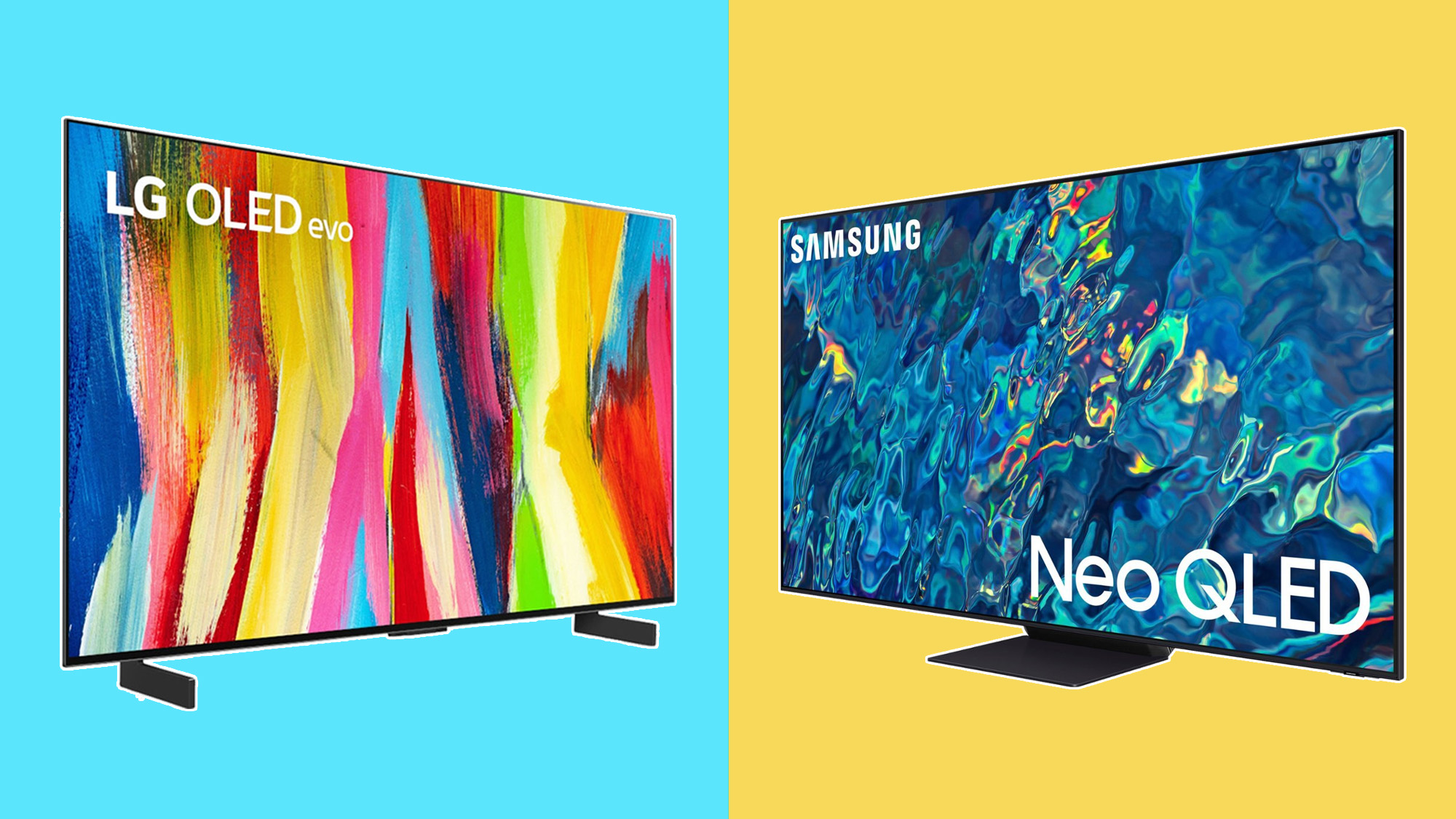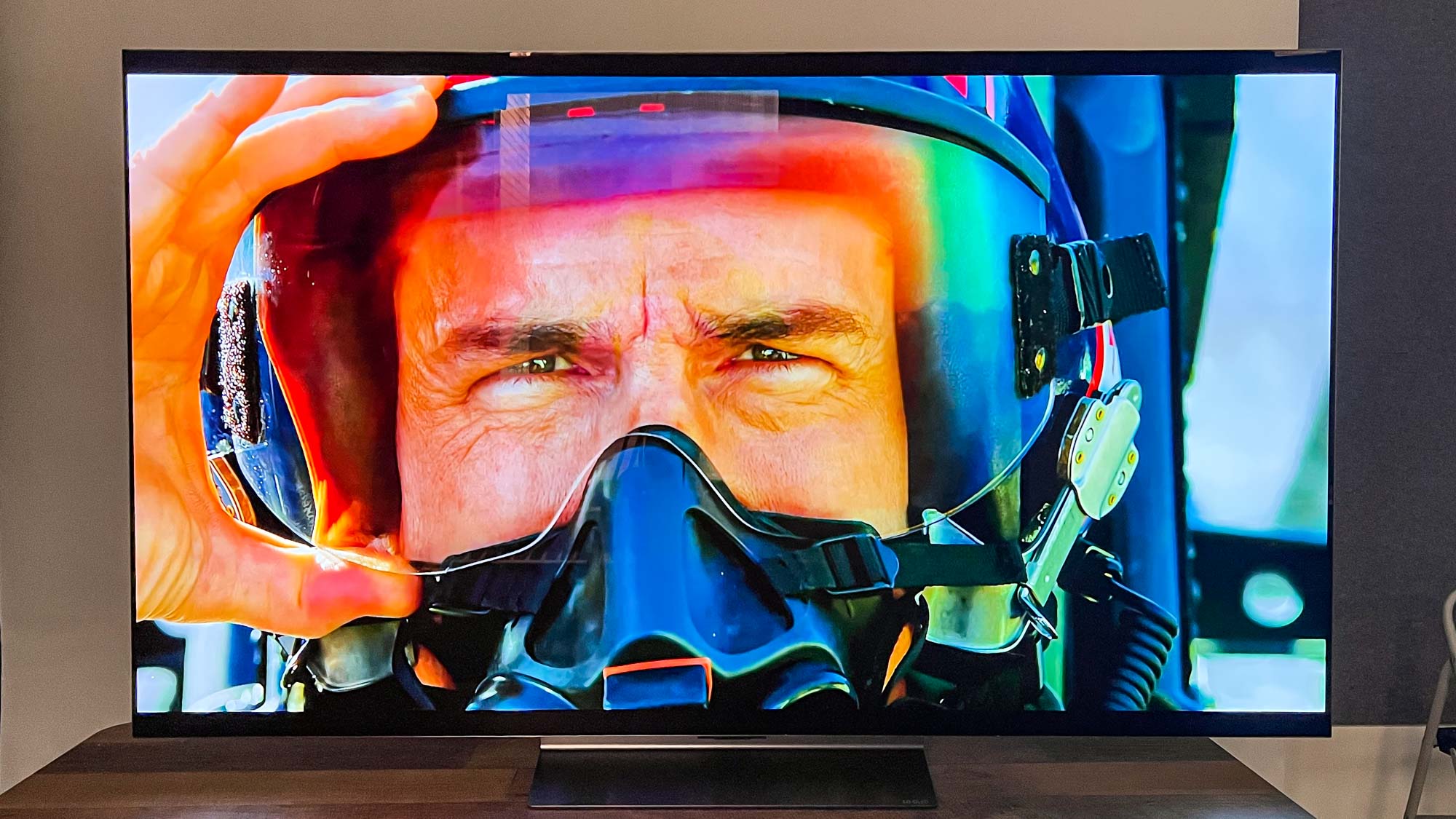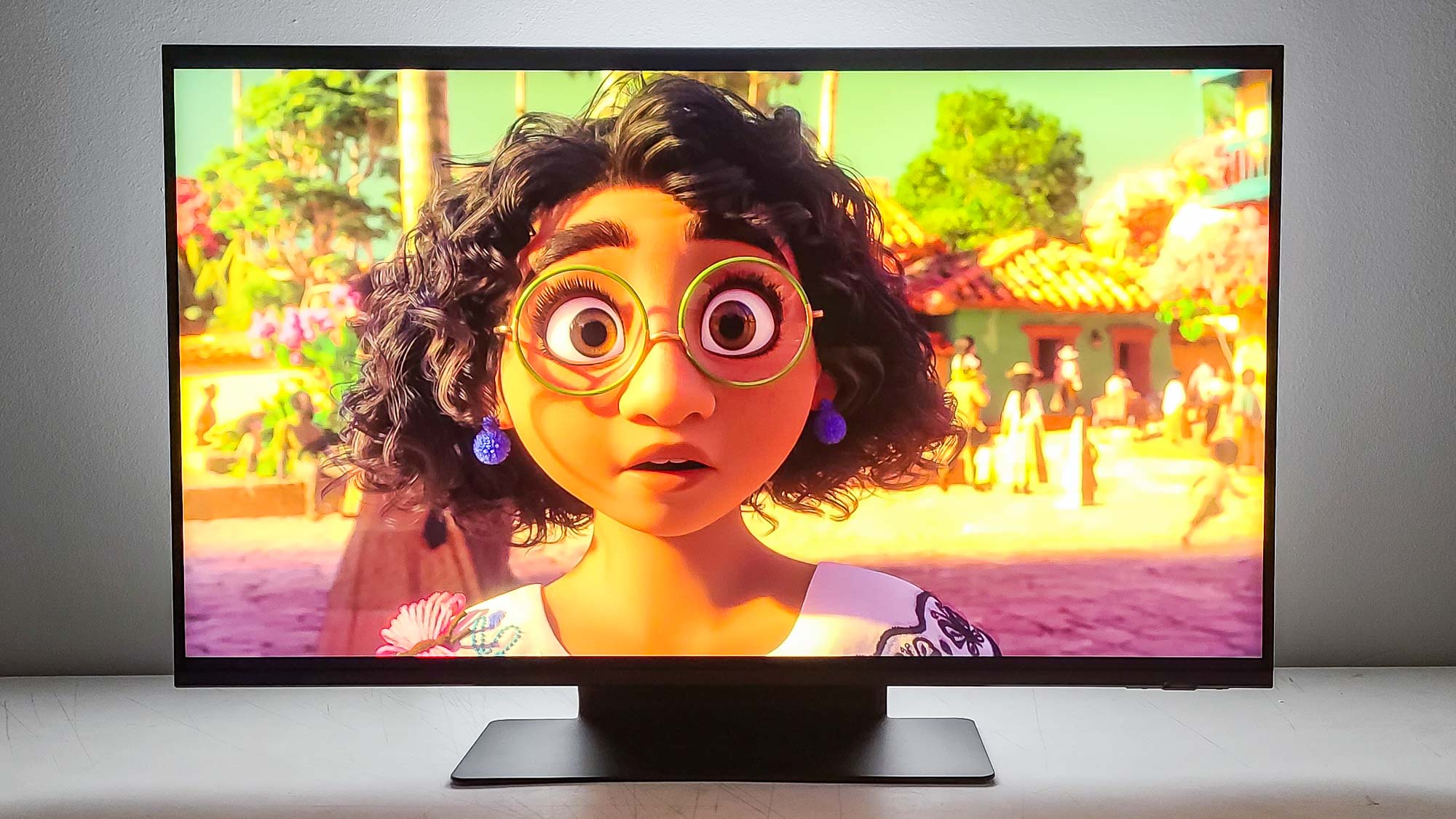
Let’s just get this out of the way: TV makers like Samsung, Sony and LG aren't releasing worse TVs this year compared to the ones they released last year.
What did happen, however, is that there’s such a small difference between this year’s model and last year’s model in performance — and such a wide margin in price — that you’re actually better off from a financial perspective going for an older model as it’s 99% as good and hundreds of dollars cheaper.
Such is the case for the LG C2 OLED, Samsung QN90B QLED and Sony Bravia A95K OLED — they’re almost as good as their successors and a heck of a lot cheaper.
Looking to save some money while still getting some of the best TVs in 2023? Here are three older models that are better values than their 2023 counterparts.
1. LG C2 OLED

Successor: LG C3 OLED
Last year was a monumental year for LG’s C-Series of OLED TVs. It’s the year that they started to use LG Display’s 2nd Generation EX panels, which delivered higher brightness, longer shelf life and wider color gamut. It’s so good that LG decided to use the same panel in this year’s LG C3 OLED...which, as an unintended consequence, has made it nearly identical to the LG C2 from last year.
In our lab tests of both products, the LG C3 OLED eked out a mere 7 extra nits of brightness in SDR mode and actually had a slightly lower overall brightness in HDR than its 2022 predecessor. In short, there was no meaningful difference between the two models in terms of test results.
Sign up to get the BEST of Tom's Guide direct to your inbox.
Get instant access to breaking news, the hottest reviews, great deals and helpful tips.
So what actually is the difference between them? Well, the LG C3 OLED has the newer processor — the Alpha a9 Gen 6 — that LG says gives it better upscaling performance. That’s likely the case, but considering that the LG C3 OLED costs between $300 to $400 more depending on which size screen you buy, you’re better off saving some money with last year’s LG C2 OLED instead.
2. Samsung QN90B QLED TV

Successor: Samsung QN90C Neo QLED TV
There’s no doubt that Samsung has made some incredible TVs in 2023 — just look at the Samsung S95C OLED that uses Samsung Display’s cutting-edge QD-OLED panels. Unfortunately, however, this big leap forward in the flagship models has meant that the upper mid-range models are, more or less, similar performers to last year.
Case in point? The Samsung QN90C Neo QLED TV.
In terms of sheer technology, there’s not a huge difference between the two models. Both use Mini-LED lighting, both use some form of Samsung’s Quantum Processor 4K for upscaling and both use Samsung’s Tizen OS. What that means is, in practice, you might notice slightly better upscaling in the Samsung QN90C — but largely, the two pictures are going to look the same. Considering that you can save around $600 by buying the 65-inch Samsung QN90B over the Samsung QN90C, well, the choice feels fairly obvious.
3. Sony Bravia A95K OLED

Successor: Sony Bravia XR A95L OLED
Last but definitely not least is the Sony Bravia A95K OLED and its successor, the Sony Bravia A95L OLED. We’ve yet to put the latter through our rigorous testing process but, based on everything we know about the internal hardware, we’re not expecting a major difference in performance between the two models.
That said, last year’s Sony Bravia A95K was Tom’s Guide’s best OLED TV of the year, so even if there’s no difference, you can still expect the A95L to deliver a world-class picture quality that should, in theory, beat out all of the newest TVs from Samsung and LG.
The reason why both TVs are so good is their use of Samsung’s QD-OLED panel — the same one that’s being used in the Samsung S95C OLED. This helps Sony’s OLED deliver some of the brightest and most saturated pictures compared to other OLED models.
Because both the A95K and A95L use the same panel, however, we don’t see why you should pay $3,499 for the 65-inch Sony Bravia A95L when you can save $700 on the $2,799 Sony Bravia A95K OLED instead.
More from Tom's Guide

Nick Pino heads up the TV and AV verticals at Tom's Guide and covers everything from OLED TVs to the latest wireless headphones. He was formerly the Senior Editor, TV and AV at TechRadar (Tom's Guide's sister site) and has previously written for GamesRadar, Official Xbox Magazine, PC Gamer and other outlets over the last decade. Not sure which TV you should buy? Drop him an email or tweet him on Twitter and he can help you out.
